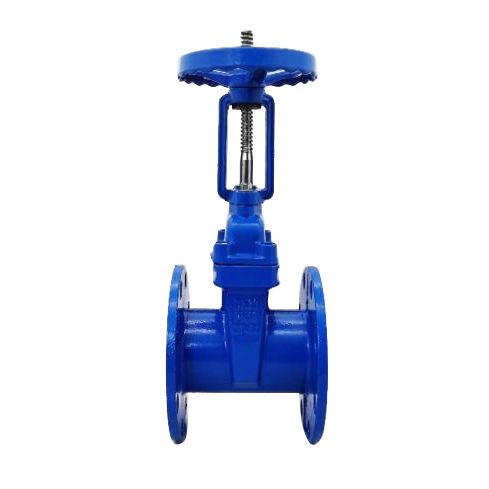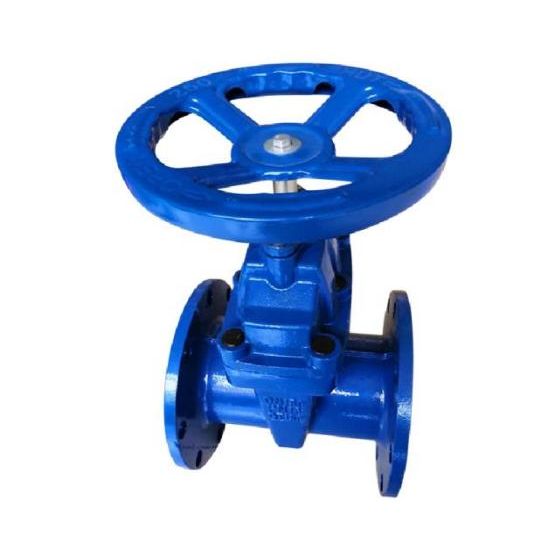What Are the Classifications of Gate Valves?
2024-12-27
If classified by valve stem, gate valves can be divided into rising stem gate valves and concealed stem gate valves. The trapezoidal thread of the valve stem of the rising stem gate valve is placed outside the valve body, located on the upper part of the valve stem. By rotating the valve stem nut, the valve stem drives the gate disc to rise and fall synchronously to realize the opening and closing of the valve. Since the valve stem nut is outside the body cavity, it is conducive to lubrication, and the opening and closing state is intuitive and obvious, so it is widely used. However, in harsh environments, the exposed threads of the valve stem are susceptible to damage and corrosion, and even affect operation.
The concealed stem gate valve is also called a rotary stem gate valve. The valve stem nut is placed inside the valve body, in direct contact with the medium, and is often fixed on the gate disc. The valve stem nut drives the gate disc to move up and down to complete the opening and closing through the rotation of the valve stem. Usually there is a trapezoidal thread at the bottom of the valve stem. Through the thread at the bottom of the valve and the guide groove on the valve disc, the rotational motion is converted into linear motion, that is, the operating torque is converted into operating thrust. Since the trapezoidal thread used for transmission is located inside the valve body, it is susceptible to medium corrosion and cannot be lubricated. The degree of opening cannot be directly observed, and an indicator device is required.

If classified by structure, gate valves can be divided into two types: wedge gate valves and parallel gate valves. The sealing surface of the flat gate valve is parallel to the vertical center line, so the sealing surfaces on the valve body and the gate plate are also parallel to each other. The most common type of gate valve is the double-disc type. In order to make the valve body and the gate plate have close contact between the two sealing surfaces when closing, a double-sided thrust wedge is often used between the two gate plates. Most of them are used on low-pressure pipelines such as small pipelines. There are also parallel gate valves with single gates, but they are rare.
The sealing surface of the wedge gate valve is at a certain angle to the vertical center line, and it is a gate valve with two wedge-shaped sealing surfaces. The gate of the wedge gate valve is available in single and double gates. The advantage of the double gate type is that the accuracy requirement of the sealing surface angle is low, the temperature change is not easy to wedge the gate, and the wear of the sealing surface can be compensated by adding gaskets. The disadvantage is that the structure is complicated and it is easy to stick in viscous media. More importantly, the gate plate is easy to fall off after the upper and lower baffles have been corroded for many years.
In addition, there are other different ways of classification:
According to different standards: national standard gate valve, American standard gate valve, German standard gate valve, Japanese standard gate valve.
According to the connection method: flange gate valve, welded gate valve, threaded gate valve (also divided into internal thread and external thread).
According to the pressure level: high pressure gate valve, low (medium) pressure gate valve.
According to the driving method: electric gate valve, pneumatic gate valve, manual gate valve.
According to the material classification: stainless steel gate valve, forged steel gate valve, cast steel gate valve, carbon steel gate valve, cast iron gate valve, copper gate valve (also divided into bronze gate valve, brass gate valve), ceramic gate valve, plastic gate valve.




